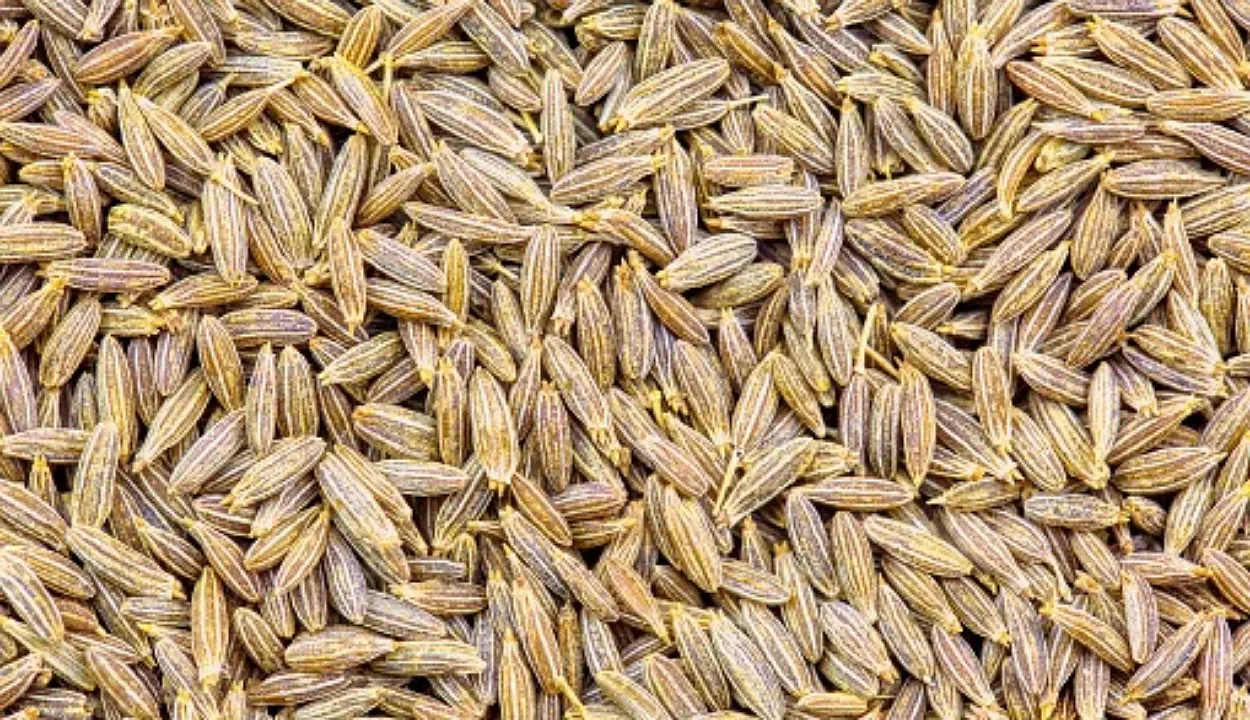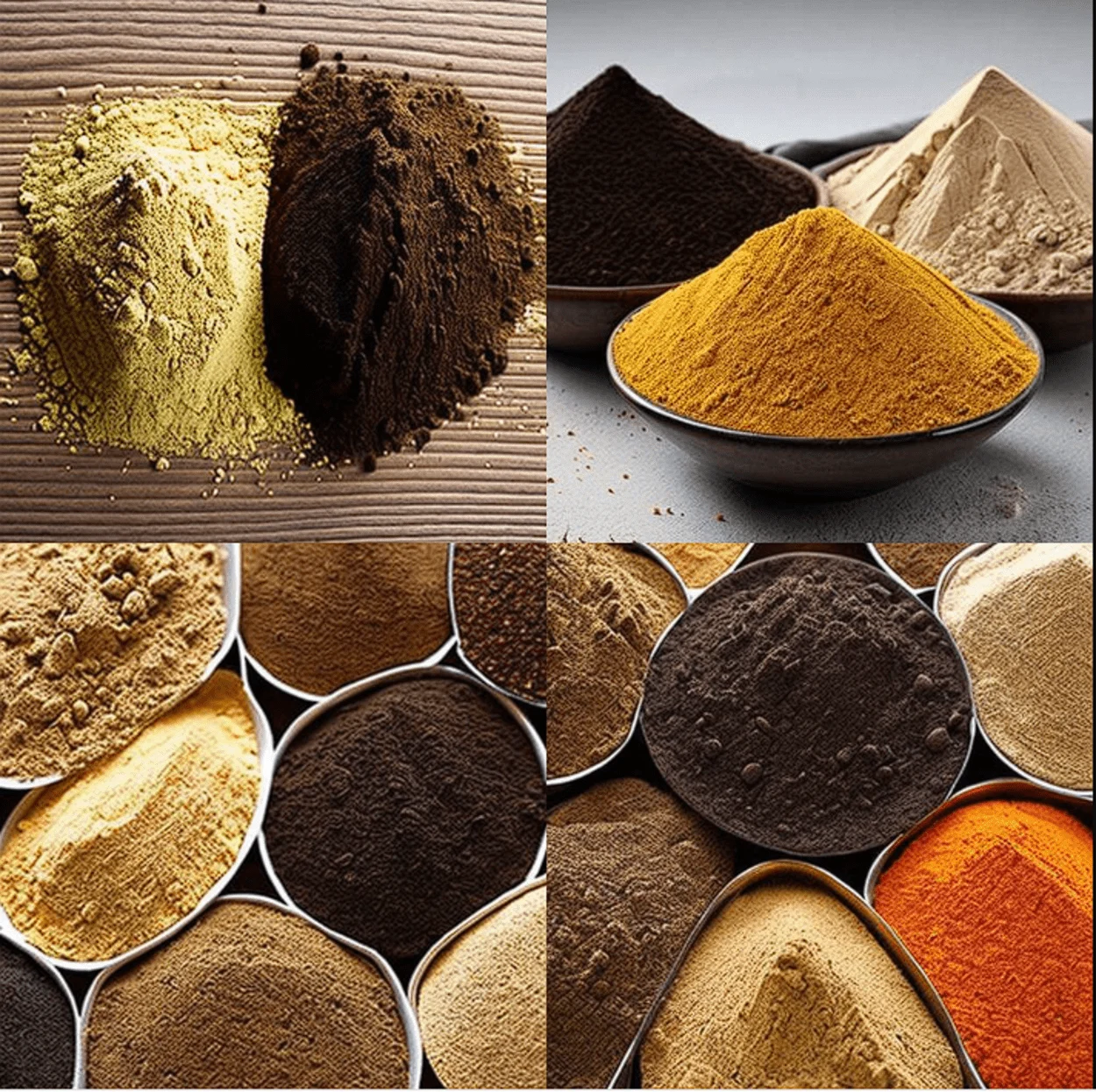Jeera is a spice with a distinct flavor and aroma that is widely used in cooking all over the world. It offers numerous health benefits, is flexible in culinary applications, and has played an important role in many societies throughout history.
Shai Jeera resembles cumin seeds but is finer, darker in color, and has a crescent shape. It is frequently confused with other spices.
Jeera and shahi jeera are two unique spices that differ in appearance, flavor, culinary use, nutritional value, and availability.
Here’s a detailed review!
What Is Jeera?

Jeera is a spice obtained from the Cuminum cyminum plant’s seeds. To help you comprehend cumin, consider the following important points:
Jeera or Cumin has a distinctive flavor and scent that is earthy, nutty, and slightly spicy. Cumin has traditionally been utilized for its medicinal properties.
It is thought to ease digestion, reduce inflammation, strengthen the immune system, and possibly improve memory and brain function.
Jeera is a versatile spice used in various meals, such as soups, stews, curries, grains, and vegetables. It is an important component of several spice blends, including garam masala in Indian cuisine and chili powder in Mexican cuisine.
Cumin can be purchased whole or ground and is frequently roasted before use to enhance its flavor. Cumin seeds can be stored whole for up to a year in an airtight container, but powdered cumin should be used within six months.
Cumin has been used in numerous cultures throughout history and has a strong cultural significance. It was utilized in ancient Egyptian, Greek, and Roman cuisine, and in some areas, it was even employed as cash.
Cumin is still a popular spice in many traditional cuisines and is liked by people worldwide.
| Kingdom: | Plantae |
| Family: | Apiaceae |
| Order: | Apiales |
| Species: | C. cyminum |
| Clade: | Asterids |
Jeera Provide Several Health Benefits
Jeera is a fantastic digestive help. They alleviate bloating and gas. Consuming cumin water may aid in weight loss. These seeds can also help to keep blood cholesterol levels stable.
Digestion Assist
Cumin seeds have a carminative effect, according to traditional medicine. It relieves flatulence and bloating by combining ginger, celery seed, thyme, anise, and fennel with cumin.
These seeds can cause the liver to release bile acid-rich bile. The bile acids aid in fat breakdown and absorption.
Anti-Inflammatory Properties
Due to their anti-inflammatory and analgesic (painkilling) properties, Cumin seeds can help individuals with irritable bowel syndrome (IBS) regulate their stomach pain and spasms.
According to research, cumin can also help pregnant women avoid gastrointestinal issues after a Cesarean section. It accomplishes this by reducing colic, heartburn, and delayed gas passage.
Encourage Weight Loss

Obesity has been linked to heart disease, diabetes, and osteoarthritis. Exercising and following a healthy meal plan will help you lose weight faster.
In this scenario, herbal therapy has proven to be beneficial. Jeera is a traditional weight loss treatment.
Eating cumin and lime may decrease appetite while increasing lipolysis. A clinical investigation found that taking cumin-lime for eight weeks lowered the subjects’ BMI (body mass index) and total cholesterol levels.
Cholesterol Management
Cumin-dried seeds contain flavonoids that have antioxidant properties. They prevent lipid peroxidation, resulting in a decrease in oxidized low-density lipoprotein (ox-LDL) levels. Ox-LDL buildup has been associated with atherosclerosis and coronary heart diseases.
The cumin includes cumin aldehyde and flavonoids, both of which reduce ox-LDL levels. The active ingredients, combined with manganese and zinc, stimulate the antioxidant enzymes in your body.
Certain enzymes (such as superoxide dismutase and catalase) scavenge free radicals that cause lipid peroxidation. These benefits include protection against diabetes and cardiovascular disease (10).
Aid in Diabetes Management
Cumin has an anti-diabetic effect in rats, according to research. Because of their antioxidant properties, cumin flavonoids reduce blood glucose levels.
Cumin extracts may lower fasting blood sugar and serum insulin levels in people with type 2 diabetes. Researchers also observe a decrease in glycosylated hemoglobin levels, a pathological sign of diabetes .
Cumin seeds and extracts reduce diabetes problems due to their anti-inflammatory properties. Green cumin was also discovered to have better anti-diabetic benefits than black cumin.
What Is Shahi Jeera?
Shai Jeera resembles cumin seeds but is finer, darker in color, and has a crescent shape. It is frequently confused with other spices, such as Nigella Sativa, also called black cumin. Shahi Jeera is linked to cumin, and both are seeds from plants in the parsley family.
Bunium persicum, the scientific name for Shahi Jeera, is native to Central Asia and Northern India, where it is frequently used to flavor rice and meat. It has a milder flavor compared to cumin but is rich with a sweet tone when used whole, adding a nuttiness to your meal.
In addition to being used in cooking, it is pressed to produce an essential oil that has applications in traditional medicine because of its qualities that help with digestive disorders and skin conditions.
Shahi Jeera is caraway seeds ranging from dark brown to black. Northern Africa, Western Asia, and Europe are their natural habitats. The plant has finely split, feathery leaves with thread-like divisions that grow on 20-30 cm stalks and look similar to other carrot family members.
Shahi Jeera Benefits
- It is a carminative, which means it helps with gas and digestion. It is thought to cure colic.
- Beneficial to the respiratory system- The seeds treat bronchitis and cough.
- It benefits the skin and is thought to cure Eczema, dry skin, and psoriasis.
- It is thought to improve cardiovascular health and aid in regulating blood sugar levels.
Difference Between Jeera And Shahi Jeera

Jeera, also known as cumin, and shahi jeera, also known as black cumin or caraway, are two different spices.
These are some important distinctions between jeera and shahi jeera:
Culinary Applications
Jeera is widely used in Indian, Middle Eastern, and Mexican cuisines and is a significant ingredient in many spice blends, such as garam masala.
Shahi jeera is often used in biryanis, pulao, and other sweets in Indian and Middle Eastern cuisine.
Nutritional Value
Both jeera and shahi jeera include various nutrients. Jeera is high in iron, while shahi jeera is high in fiber, antioxidants, and essential oils.
Shape
Jeera is a little, pale brown seed with a straight shape, but shahi jeera is a larger, darker brown or black seed with a curved shape.
Flavor
Jeera has a warm, earthy, and slightly spicy flavor, but shahi jeera has a sweeter, more floral aroma and a little bitter taste.
Availability
Jeera is generally available and less expensive than shahi jeera, considered a more premium spice and difficult to locate in some areas.
Final Thoughts
- Jeera and shahi jeera are two unique spices that differ in appearance, flavor, culinary use, nutritional value, and availability.
- Jeera is a ubiquitous spice found in many dishes from various cultures.
- However, shahi jeera is found largely in Indian and Middle Eastern cuisine and is regarded as a more premium spice.
- It is thought to improve cardiovascular health and aid in regulating blood sugar levels.

